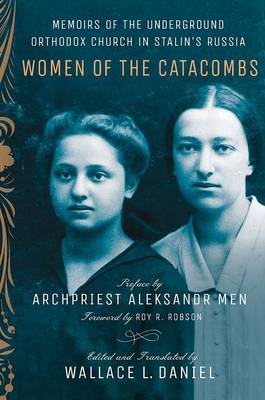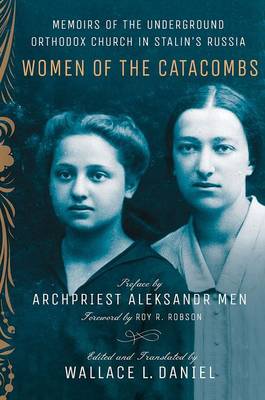
- Retrait gratuit dans votre magasin Club
- 7.000.000 titres dans notre catalogue
- Payer en toute sécurité
- Toujours un magasin près de chez vous
- Retrait gratuit dans votre magasin Club
- 7.000.0000 titres dans notre catalogue
- Payer en toute sécurité
- Toujours un magasin près de chez vous
Women of the Catacombs
Memoirs of the Underground Orthodox Church in Stalin's Russia
Description
The memoirs presented in Women of the Catacombs offer a rare close-up account of the underground Orthodox community and its priests during some of the most difficult years in Russian history. The catacomb church in the Soviet Union came into existence in the 1920s and played a significant part in Russian national life for nearly fifty years. Adherents to the Orthodox faith often referred to the catacomb church as the "light shining in the dark." Women of the Catacombs provides a first-hand portrait of lived religion in its social, familial, and cultural setting during this tragic period.
Until now, scholars have had only brief, scattered fragments of information about Russia's illegal church organization that claimed to protect the purity of the Orthodox tradition. Vera Iakovlevna Vasilevskaia and Elena Semenovna Men, who joined the church as young women, offer evidence on how Russian Orthodoxy remained a viable, alternative presence in Soviet society, when all political, educational, and cultural institutions attempted to indoctrinate Soviet citizens with an atheistic perspective. Wallace L. Daniel's translation not only sheds light on Russia's religious and political history, but also shows how two educated women maintained their personal integrity in times when prevailing political and social headwinds moved in an opposite direction.
Spécifications
Parties prenantes
- Editeur:
Contenu
- Nombre de pages :
- 252
- Langue:
- Anglais
- Collection :
Caractéristiques
- EAN:
- 9781501753657
- Date de parution :
- 15-03-21
- Format:
- Livre relié
- Format numérique:
- Genaaid
- Dimensions :
- 152 mm x 229 mm
- Poids :
- 539 g

Les avis
Nous publions uniquement les avis qui respectent les conditions requises. Consultez nos conditions pour les avis.





